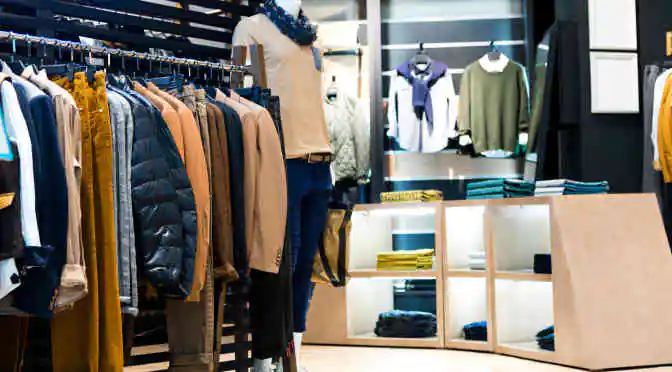The concept of fashion is changing drastically and is getting broader and more approachable. This dynamic industry is in the midst of a journey to unleash the full potential of digital technologies. The consistent adoption of innovative technologies over the last few years has shown that fashion’s association with technology is unlikely to fade away soon. Today, smart connected clothing is opening up new opportunities for personalization and making wearables including smart watches and clothes highly desirable. No wonder, smart connected clothes are on the cusp of launching a highly profitable business vertical.
Internet of Things meets clothing fashion
The Internet of Things (IoT) is everywhere today, impacting almost every industry vertical in which technology is the most significant factor for businesses to survive. Connectivity has contributed significantly to the emergence of a range of smart technologies across the world and clothing and apparel is one new segment where it promises to bring a digital revolution. The smartphones and associated devices with their Bluetooth-controlled smart satellites including watches, wristbands, glasses, headsets and the like have led the way.
With their cutting-edge features and endless information, they have undoubtedly inched closer and closer to our bodies. Although still visionary and futuristic back then, the time today seems ripe for the next big thing in fashion that features clothing and accessories smart and connected. The IoT trend is no longer just about wearable gadgets, but also about connected garments monitoring and improving large parts of consumer’s life. While IoT delivers numerous benefits for the end-users, it has even more in store for designers, retailers, and suppliers.
The Internet of Things (IoT) is everywhere today, impacting almost every industry vertical in which technology is the most significant factor for businesses to survive.
Connected clothing has a fundamental impact when it comes to garment traceability and automated material sorting in the textile recycling process. It reduces loss, allows efficient management of inventory via its tracking feature and also helps in keeping track of fraud through RFID tags and barcodes. As a result, industries can facilitate speedy production and timely delivery, ensuring maximum customer satisfaction. Future developments of IoT in fashion industry include clothes that will allow weather prediction and detection of health issues.
Smart connected clothes are all set to soar
The young and ever-evolving wearables industry is growing at an unprecedented rate, driven largely by improved technologies, new applications, and lower costs. At the present time, the smart connected clothing industry is largely dominated by fitness products; smart belts that track a person’s expanding waistlines as well as the step count, smart bras that measure heart rate and breathing and even a smart shirt that provides GPS directions through vibrating sections built into each shoulder.
The smart fabric is undoubtedly the future of wearables- just take a look at for instance Google ‘s recent collaboration with Levi Strauss Co. a global clothing brand to launch a smart jacket named Jackquard which is fully equipped with Maps and Spotify integration. The Levi’s Commuter Tracker and Jacquard technology are the perfect showcase of what’s possible when we weave technology with clothing and the outcome is undeniably exciting. Although Jacquard has a limited audience for now, it holds plenty of promise especially as Google continues to explore new ways to make it useful.
The booming connectivity in the apparel industry is also an outcome of a partnership between EVRYTHNG, an IoT platform and Avery Dennison, a world leader in branding and RFID solutions. Over the next few years, we will see brands at both ends of the market introducing products with unique digital identities and data profiles in the cloud from the point of manufacturing.



